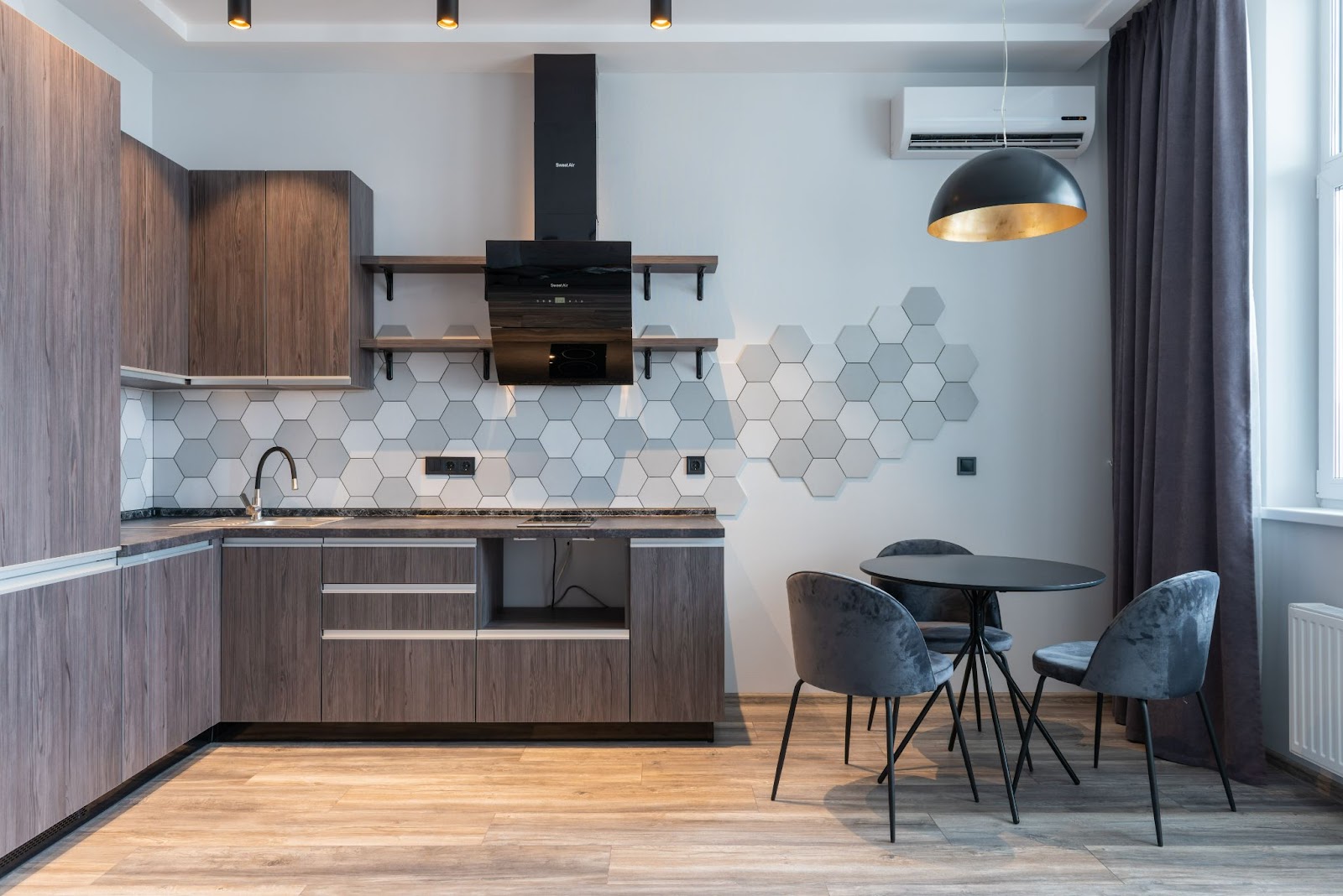Reverse cycle air conditioning is becoming an increasingly popular choice for homeowners. But what is it and what do you need to know before you install one in your home?
In this article, we will discuss the basics of reverse cycle air conditioning and answer some of the most common questions about them. We’ll also provide a few tips on how to choose the right system for your needs. So if you’re considering adding a reverse cycle air conditioning unit to your home, read on!
So, what is a reverse cycle air conditioner?
Put simply, a reverse cycle air conditioner is a type of air conditioning system that can both cool and heat your home. It works by reversing the flow of refrigerant through the system.
During the cooling cycle, the refrigerant absorbs heat from inside your home and transfers it outside. And during the heating cycle, the process is reversed and the unit pulls heat from the outside air and transfers it inside.
Main benefits of reverse cycle air conditioning
One of the main benefits of a reverse cycle air conditioner is that it can provide both heating and cooling for your home, making it a great choice for year-round comfort.
In addition, they are typically more energy-efficient than traditional air conditioners because they don’t have to work as hard to achieve the desired temperature. And since they don’t produce any emissions, they are also a more environmentally-friendly option.
What size reverse cycle air conditioner do you need?
When choosing a reverse cycle air conditioner, it’s important to select the right size for your needs. If you choose a unit that is too small, it will have to work harder to achieve the desired temperature, which can lead to higher energy bills. If you choose a unit that is too large, it will cool or heat your home too quickly, resulting in wasted energy and discomfort.
The best way to determine the right size for your needs is to consult with an HVAC professional who can help you select the perfect unit for your home.
How to choose the right reverse cycle air conditioning system for your needs
Now that you know the basics of reverse cycle air conditioning, it’s time to start shopping for a system that will meet your needs. Here are a few things to keep in mind as you shop:
- Consider the size of your home – As we mentioned above, it’s important to select a unit that is the right size for your home. Otherwise, you may end up wasting energy or not achieving the desired temperature.
- Consider your climate – If you live in an area with extreme temperatures, you’ll want to make sure that your unit can handle both the heat and the cold. Additionally, if you have allergies or asthma, you’ll want to choose a unit with filters that can remove pollen, dust and other allergens from the air.
- Consider your budget – Air conditioners can range in price, so it’s important to set a budget before you start shopping. That way, you can narrow down your options and find a unit that fits both your needs and your budget.
We hope this article has helped you learn more about reverse cycle air conditioning. Happy shopping!
